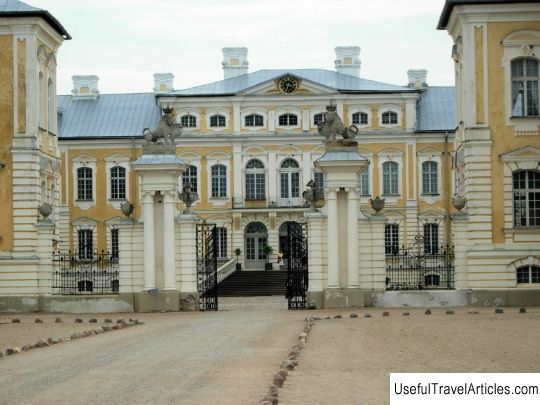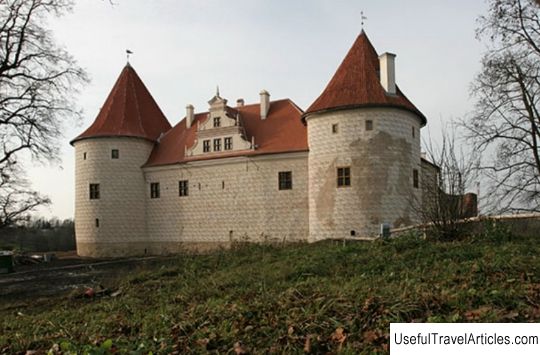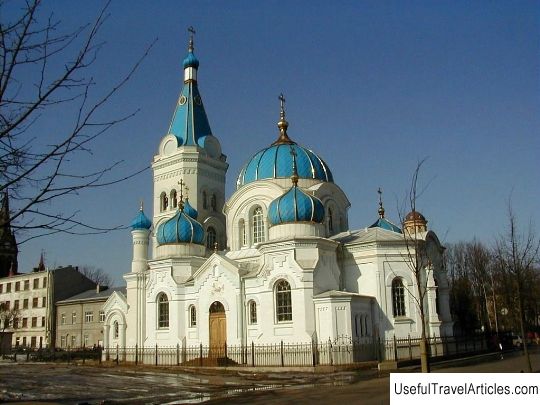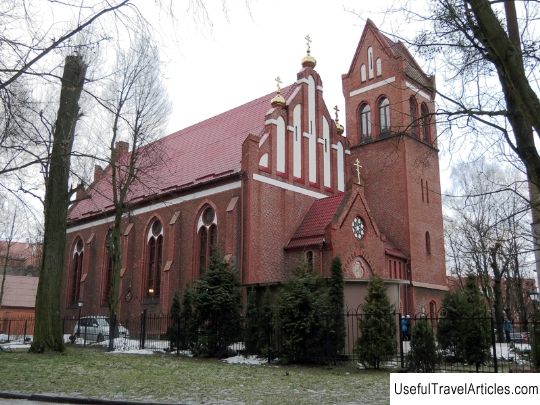Jelgavas pils description and photos - Latvia: Jelgava
Rating: 8,6/10 (1254 votes) 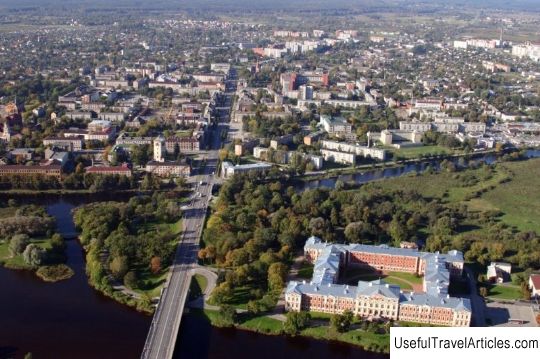
Jelgava Palace (Jelgavas pils) description and photos - Latvia: Jelgava. Detailed information about the attraction. Description, photographs and a map showing the nearest significant objects. Title in English - Jelgavas pils. Photo and descriptionJelgava, or Mitavsky, palace is the most grandiose baroque palace in the Baltics. The construction of the palace began in 1738 on the instructions of the Duke of Courland Biron. The architect of the project was the famous master of the Baroque style F.B. Rastrelli. In order to highlight the change in the dynasty of the dukes of Courland, Ernst Johan Biron decided to build a new palace on the site of the residence of the former rulers. In 1737, the palace of the Livonian Order, built in the 14th century, was blown up in order to clear a place for the construction of a new castle. Biron's palace was built in several stages, a break in construction came in 1740 after the arrest of the duke and its subsequent reference. The resumption of construction became possible after the pardon of Biron in 1762, and at the end of 1772 Ernst Johan moved to his residence. In 1795, the Duchy of Courland ceased to exist. Upon joining the Russian Empire, it became the Courland province. The Jelgava Palace is the seat of the governor and administrative offices. In 1798, the king of France stayed in the Mitava Palace with his retinue. The second time Ludovig the 8th lived in Biron's palace for three whole years (from 1804 to 1807) incognito. In the southeastern corner of the Mitava Palace, on the side floor, there is a tomb of the Dukes of Courland, equipped in 1820. It contains 30 sarcophagi made of metal or wood. The earliest dates from 1569, the last - 1743. Sarcophagi are of cultural and historical value, being unique works of decorative and applied art of the Baroque and Mannerist era. In the exhibition halls next to the tombs, an exposition of historical costumes is presented, as well as information about the persons buried in the tombs. During the First and Second World War, the palace was burned, and in the first and second cases, the Mitava Palace was restored, however, without respecting the historic interior. No detailed information has survived about the original interior of the palace. Today the palace is occupied by the Latvian Agricultural University, which moved here back in Soviet times. In addition, the Jelgava Palace houses an exposition from the era of the Duchy of Courland. The Mitava Palace is a classic image of the Baroque style, with its characteristic splendor and luxury. Although, the Danish architect Severin Jensen, who led the construction work after Rastrelli, gave the building a more classic style. Initially, Biron's palace consisted of three buildings, but in 1937, on the site of the former stables, another building was built. The fourth building thus enclosed the courtyard of the Jelgava Palace.       We also recommend reading Kingston Zoo (Hope Zoo) description and photos - Jamaica: Kingston Topic: Jelgavas pils description and photos - Latvia: Jelgava. |
